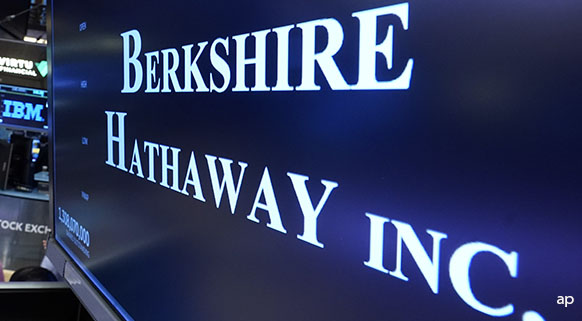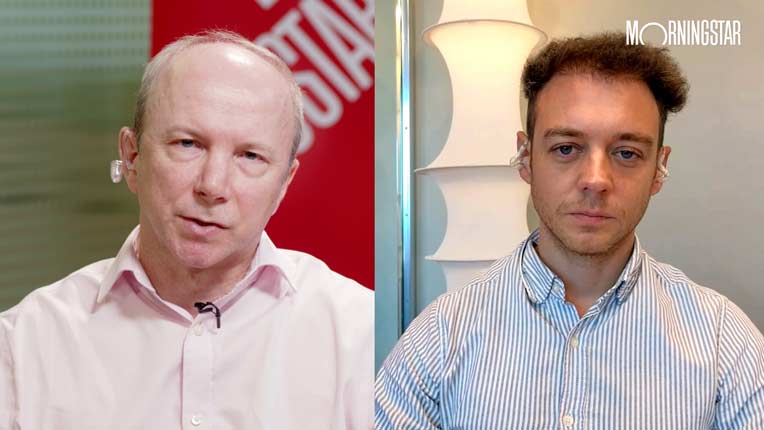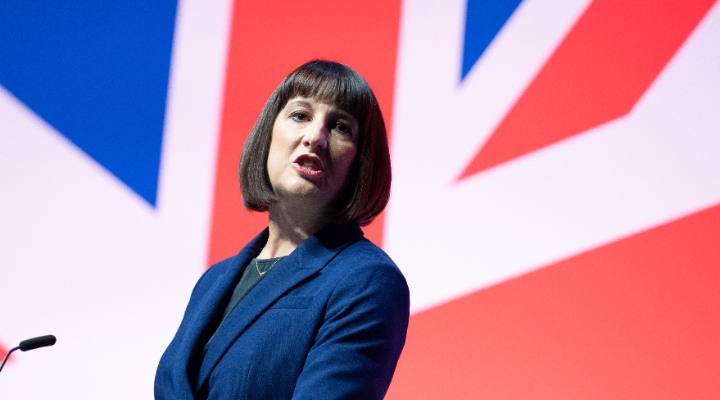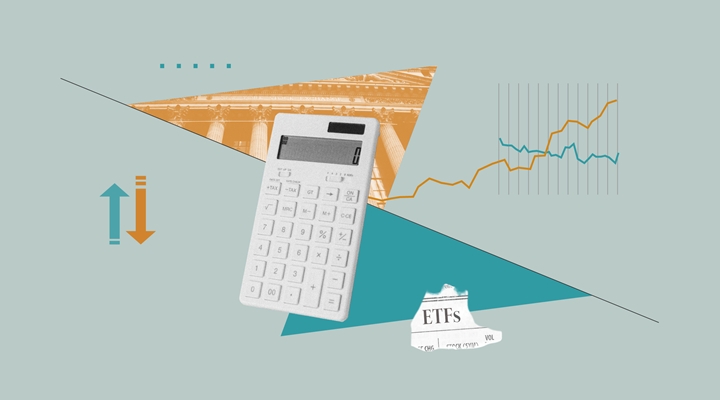
The US 10-year Treasury yield crept above 3% for the first time since 2014 on Wednesday, having threatened this key level for a few months now.
Historically, 3% has been seen as an attractive level for more cautious investors, meaning they are more likely to switch out of risk assets like equities and entrust their savings to the safety of the US Government.
But timing is key. Move too soon and if yields continue to edge higher you’ll lose cash. Bond prices move inversely to the yield, so if the latter is going up, the former is going down.
As with any form of investment, though, timing is not easy. There’s plenty of differing views from investors as to how far the yield can go.
Will The 10-Year Yield Continue To Surge Higher?
Marcelo Assalin, head of emerging market debt at NN Investment Partners, says he has a sanguine view on US interest rates, so he thinks US yields are around fair value currently.
“The more the Fed delivers over the next few years the bigger the likelihood is that the US economy will soft land in 2020, especially after the sugar rush provided by the tax stimulus fades away,” he adds.
“Therefore, the market should expect the Fed to hold in 2020. So it makes sense the [yield] curve is flat. It makes sense that yields should not be much higher than they currently are.”
That view is backed up by Thomas Flury and Patrik Ryff, strategists at UBS Wealth Management. Rates should end next year between 3% and 3.25%, they say. Therefore, short-term yields are likely to rise more than long-term ones.
David Roberts, head of global fixed income at Liontrust, reckons there’s a decent chance we fall back below the 3% level later today.
Others reckon there’s further to go. Paul Brain, head of fixed income at Newton Investment Management, says he thinks the range will be between 3.1% and 3.4%. According to Philip Smeaton, chief investment officer at Sanlam UK, it could have further to run.
“If bond yields move to establish their long-term link with nominal GDP growth, then 3% may be a brief interlude on the way to 4%,” he predicts. Anthony Willis, investment manager in BMO GAM’s multi-manager team, doesn’t see a rush to 4%. “That would be a genuine surprise and a real shock for markets,” he warns.
Inflation Protection
As Brain expects yields to continue rising, “we think there is nothing magical about the 3% level”. It won’t be until the third or fourth quarter that bonds represent a significant investment opportunity again.
But some do see attractions. Flury and Ryff have an overweight position in 10-year Treasuries versus cash.
Roberts, too, thinks they are “starting to look worth a punt” at this level. “Indeed, US corporate bonds are now paying around 4.5% and that has historically been a decent level to start buying.”
While you’re not going to get rich quickly, he expects a nominal return of close to 50% over the next 10 years from just buying and holding the asset class. It also gives “a lot of protection against inflation, as well as the potential volatility of the stock market”.
Of course, that’s another reason some investors may be waiting for an ideal time to switch from equities into bonds. Volatility was unusually low in 2017 but returned in the first few months of this year.
While current levels of volatility broadly represent a return to normality, investors haven’t taken it too well. That, combined with the fact you can now get 3% in the US Treasury, means for some people equities are not as attractive as they were, according to Willis.
That said, while markets need to get used to the fact that bond yields are edging higher, Willis notes: “It’s been a narrative at the start of every year that bond yields are going up and it’s never really happened at the pace people expected it.”




























